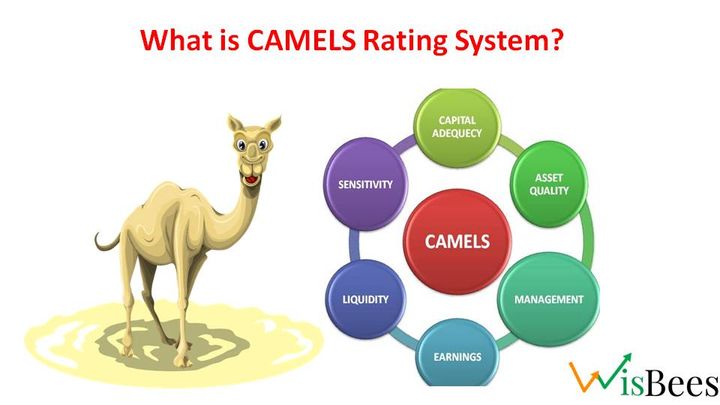Liquidity Ratios

Liquidity ratios are financial ratios that measure a company's ability to meet its short-term obligations. The short-term Solvency ratio is called a liquidity Ratio. In simple words, we can say the company’s ability to pay short-term debts. Short-term Lenders and Creditors are generally interested in these ratios of the company to know the company's credibility or creditworthiness.
Current ratio:
This ratio compares a company's current assets to its current liabilities. It is also popularly known as the Working capital Ratio. It measures a company's ability to pay off its short-term debt obligations. A higher current ratio indicates that a company has a stronger ability to meet its short-term debt obligations and is more liquid. A lower ratio indicates that a company has a weaker ability to meet its short-term debt obligations and is less liquid.
The Current Ratio Formula is given as

A generally acceptable current ratio is 2:1. Too high a current ratio is also not good and shows the excess amount of unused cash in the business rather than investing into different projects of the business.
In the below balance sheet of Reliance Industries Limited, the current Ratio or the Working capital Ratio can be defined as
Current Ratio= CA/CL
= 2,22,398/2,00,982
= 1.10:1
In practice, Companies may maintain a lesser current ratio to use their cash effectively.
Quick ratio or acid test ratio:
This ratio is similar to the current ratio, but it excludes inventory from current assets and only considers cash, marketable securities, and accounts receivable as liquid assets. This ratio is considered to be a more conservative measure of liquidity, as inventory can be harder to convert to cash. It is widely considered a better measure than the Current Ratio.

Quick Assets= Current Assets- Inventories- Prepaid Expenses
In the above-given Balance sheet of Reliance, if we find the
Quick Ratio= (Current assets-Inventories)/ Current Liabilities
= (2,22,398-45,293)/ 2,00,982
=0.881:1
Cash ratio:
This ratio compares a company's cash and cash equivalents to its current liabilities. The ratio considers the absolute liquidity available to the firm. It measures the firm’s ability to meet its short-term obligation by using its cash and cash equivalents.
It is the most conservative measure of liquidity, as it only considers cash and cash equivalents as liquid assets. A higher cash ratio indicates that a company has a stronger ability to meet its short-term debt obligations and is more liquid. A lower ratio indicates that a company has a weaker ability. The formula is given below.

Marketable Securities is also known as cash equivalents.
From the above balance sheet of Reliance Industries, Cash and cash equivalents is 21,714 Rs. The Cash Ratio can be calculated as
Cash Ratio= (21,714)/ (2,00,982)= 0.108:1
Article Sources
Financial Management by I.M Pandey



